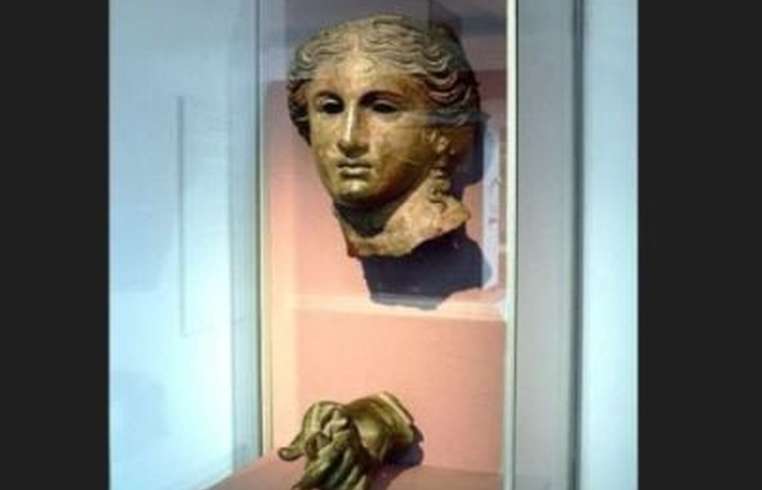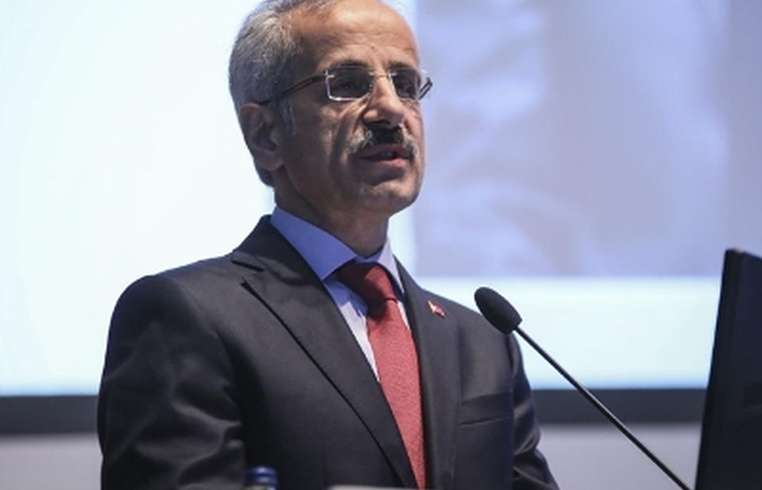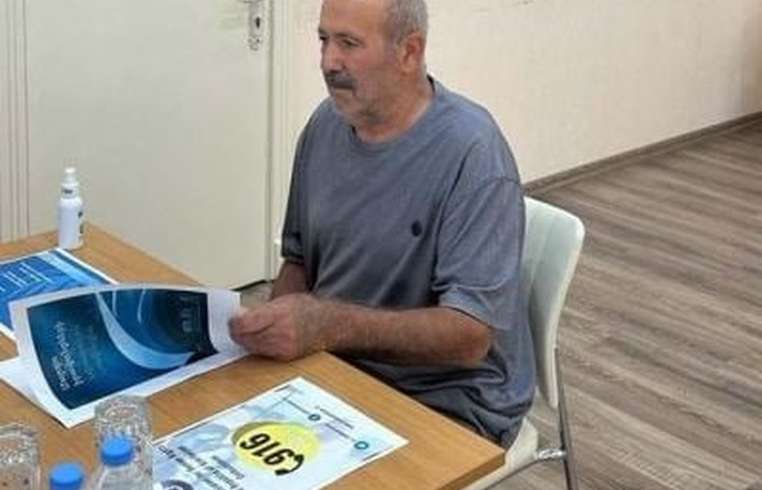
News - Goddess Anahit’s statue is brought to Armenia from UK
Business Strategy
Goddess Anahit’s statue is brought to Armenia from UK

It is a very symbolic day for Armenia because the History Museum of Armenia will be given the opportunity to open an exhibition of international quality and level, and to implement this cooperation in collaboration with one of the most prestigious museums in the world, the British Museum. Zhanna Andreasyan, the Minister of Education, Science, Culture and Sports of Armenia, stated this on the live broadcast of the Public Television of Armenia Monday—and referring to the transfer of preserved samples of the bronze statue of the Goddess Anahit to Armenia and holding its exhibition in the country. "Women have a special importance in the development of our statehood. I hope that the opening of the exhibition on [Armenia’s] Independence Day [anniversary on Saturday] will make that important conversation possible," said the minister, and hoped that there would be long lines outside the History Museum of Armenia to see this important exhibition. Also, Andreasyan informed that the centerpiece of this exhibition will be the bronze statue of the Goddess Anahit, but there will be several exhibits, and expressed hope that this will be one of the main events of the cultural life of Armenia. The statue of Anahit, the Armenian goddess of fertility and motherhood, has been brought from the UK to Armenia for about six months. The History Museum of Armenia prepared a document package with the British Museum, where the bronze head and left hand of the Goddess Anahit were kept, and both are in Armenia now. The bronze statue of the Goddess Anahit has never been exhibited in Armenia. According to the website of the British Museum, bust of Anahit was found in the 1870s in the Satala settlement of Erzurum, Turkey. Several antiquities dealers passed it from hand to hand, and, ultimately, this bust of Anahit was acquired by the British Museum. The remaining head and left hand from the bust will be displayed at the History Museum of Armenia for about six months.






